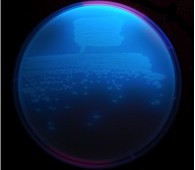Tanja Woyke: Genome Technology 2011 Young Investigator
What inspired Tanja Woyke to pursue her current area of focus is also what makes it possible: single-cell genomic technology. “It allows one to sequence the genome of one individual microbial cell by amplifying its genome a billion-fold using a process called multiple displacement amplification,” she says. “I find this quite fascinating. Such an approach… [Read More]

